The Etruscans were a people who lived in the center of the Italian peninsula, particularly on the Tyrrhenian coast, from which they take their name, from the end of the Bronze Age until the capture of Velzna by the Romans in 264 BC. They had a significant influence on the Florence region.
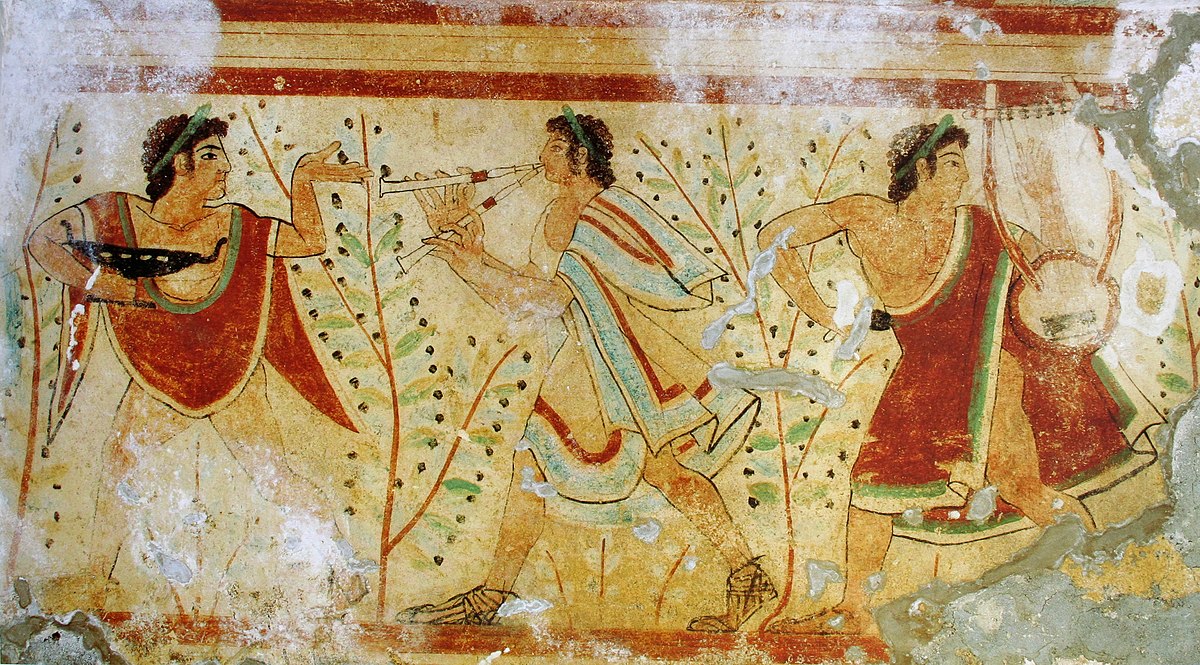
Etruscan antiquities therefore played an important role in Florence's foundation stories.
The founding of Florence by the Etruscans is a subject shrouded in legend and controversy. According to some sources, the Etruscans founded Fiesole, a town close to Florence, around the 9th century BC. The Etruscans arrived from Asia Minor and settled in the area in the 9th century BC. Artifacts and archaeological remains found testify to the presence of this civilization in the Florentine area, as evidenced by the collections of Etruscan art housed in Florence's Archaeological Museum.
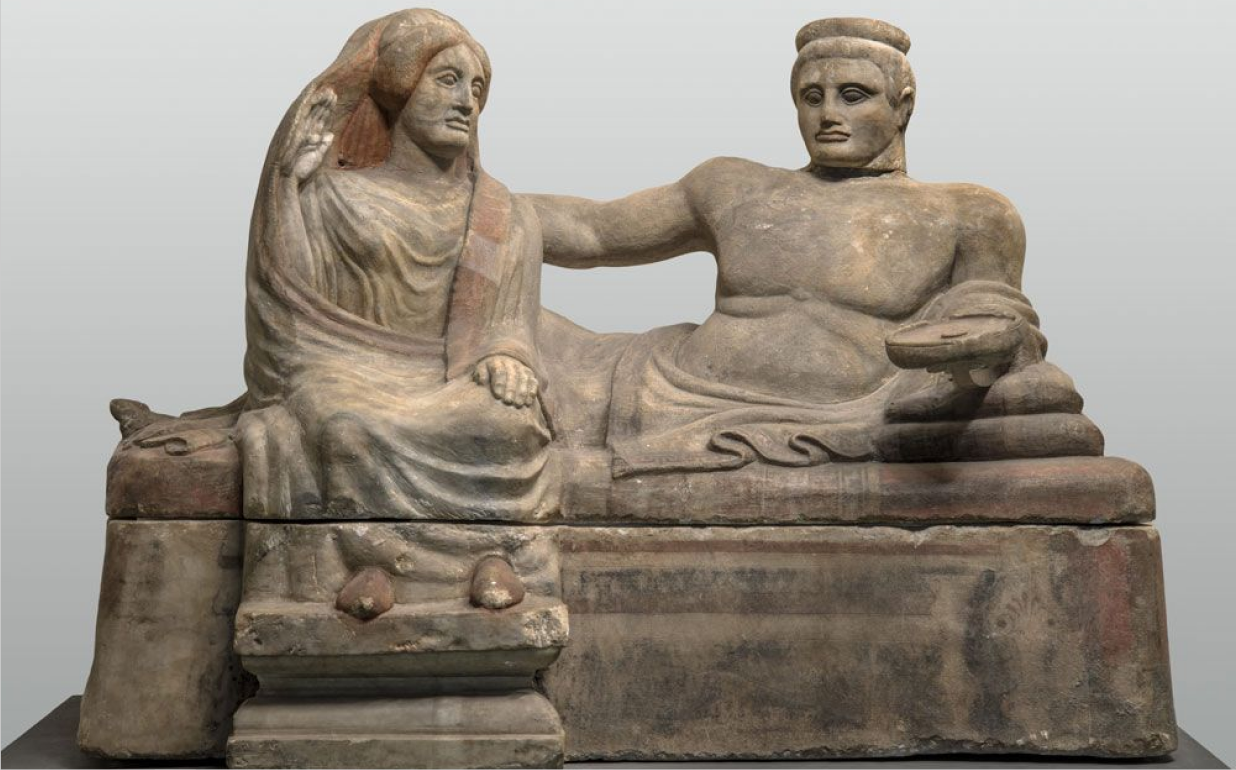
However, other sources assert that Florence was founded during Roman times, in 59 BC, near the Arno river, and make no mention of an Etruscan foundation.
The question of how Florence was founded by the Etruscans remains open to debate and interpretation.
In the 4th century BC, Rome and the Etruscan cities fought in a series of conflicts, such as the first Roman-Etruscan war of 389-386 BC, instigated by the Fidenates. Although Rome gradually expanded into Latium, some cities, such as Caeré, remained allies for a time. In the last great Roman-Etruscan war of 311-308 BC, Rome won a decisive victory.
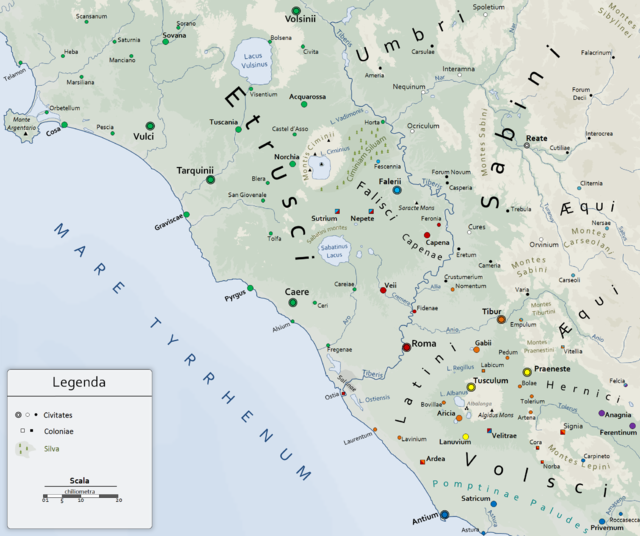
Volsinies, the last remaining autonomous Etruscan city, was besieged and destroyed by the Romans in 265-264 BC following an internal revolt. This marked the end of Etruscan political sovereignty over Rome. Etruscan cities maintained limited local autonomy under Roman rule after Volsinies, but lost their autonomy. Their culture gradually disappeared in favor of Romanization.
The Romans chose this strategic location at the narrowest point of the Arno ford, where the plain was squeezed between the hills to the north and south. This made it easy to control the passage of the river. A rudimentary footbridge or bridge system was probably built some ten meters from today's Ponte Vecchio.
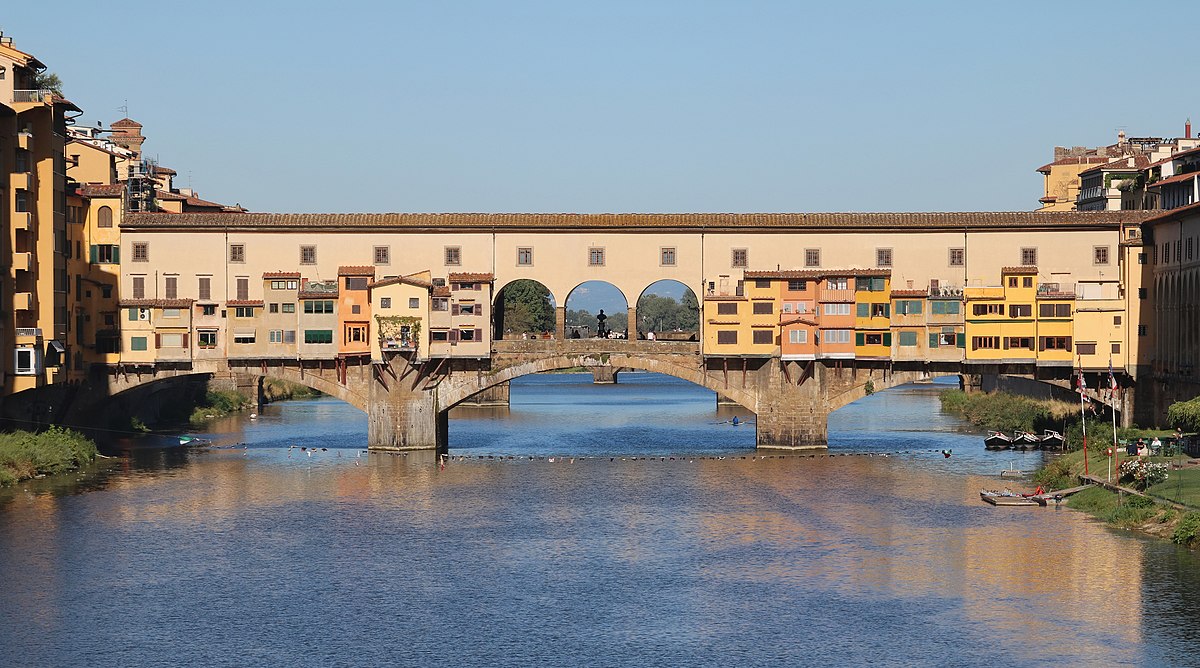
However, to protect themselves from foreign armies and flooding, the Romans preferred not to found their city on the flood plain. Instead, they settled on a nearby hill some 6 km away, where the fortified Etruscan center of Fiesole developed. A road linked this center to Florentia and other Etruscan and Roman towns in the region.
At first, Florentia was nothing more than a modest Roman village on the banks of the Arno, serving as a river crossing and control point, while the real fortified city was at Fiesole.
After the fall of the Roman Empire, Florence was initially under Lombard rule during the High Middle Ages. In 774, Charlemagne defeated the Lombards and annexed their territories, including Florence, to his Carolingian Empire.
Charlemagne's control simply meant that Florence was now subject to a Frankish rather than a Lombard duke. The city remained an unimportant market town until the 12th century, when it flourished economically and culturally as an independent republic.
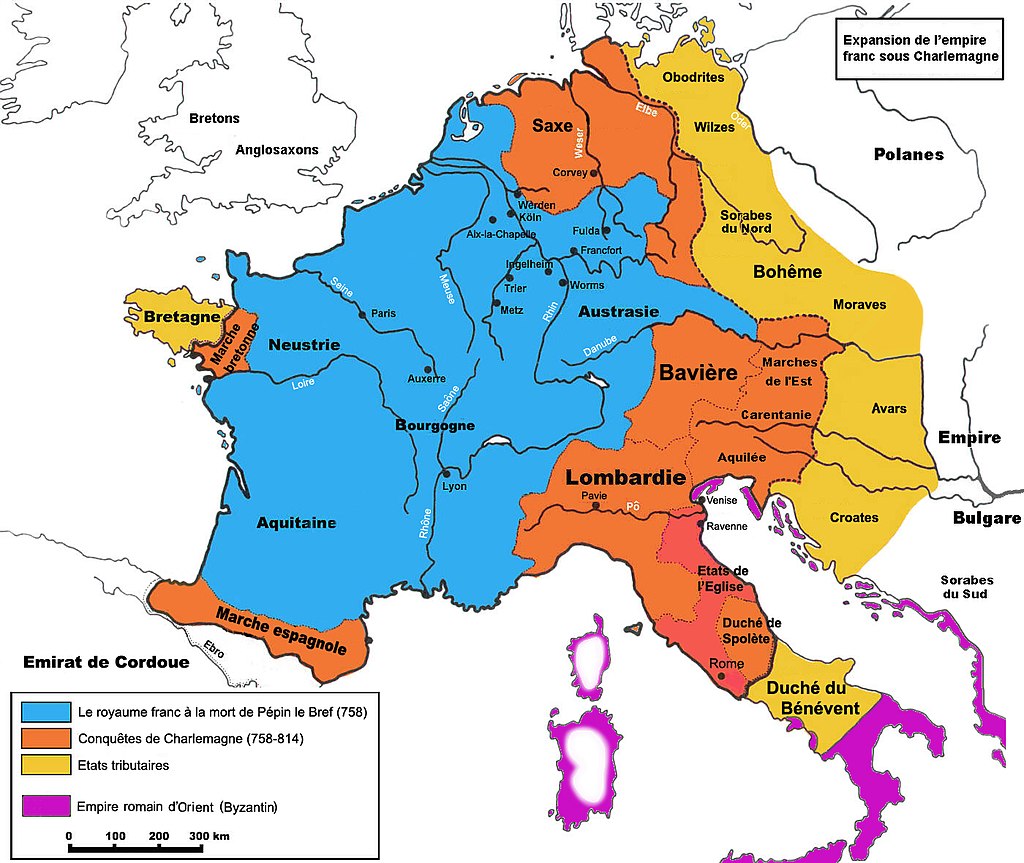
While Florence was part of the territories conquered by Charlemagne in 774, it was only a modest village under Frankish rule, far from the great city it would become a few centuries later.
After Charlemagne conquered Italy in 774, Florence was part of the Carolingian Empire. At the time, however, it was only a modest town under the control of a Frankish duke. The situation changed with the death of Countess Matilda of Tuscany in 1115, triggering a succession crisis. Taking advantage of these troubles, the Florentines rose up, defeating the Carolingian vicar and conquering the surrounding castles and peoples.
This revolt enabled Florence to free itself from Carolingian rule and establish itself as an independent republic. In the same year, 1115, the Florentines also conquered the neighboring town of Fiesole, forcing its inhabitants to move to Florence.
Thus liberated, Florence was able to develop as an autonomous city-state, controlling its own territory. This independence marked the beginning of its economic and cultural rise in the 12th century, making it one of the great powers of the Italian Renaissance.
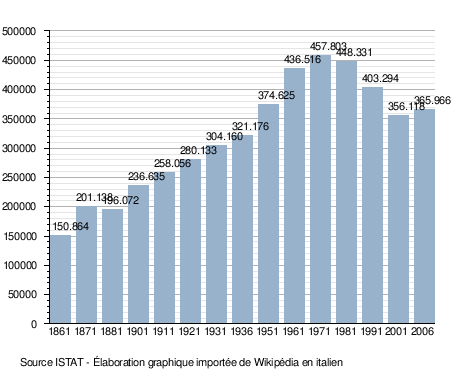
The economic boom brought about by tourism, trade and industrialization doubled Florence's population throughout the 19th century. This sustained demographic growth marked a new stage in the city's development after the centuries of prosperity of the Renaissance.
Florence was occupied by German troops for around a year, from 1943 to 1944, after Italy emerged from the Second World War in 1943. As the German army retreated to northern Italy in the face of the Allied advance, it established a defensive line known as the Gothic Line (renamed the Green Line by Hitler). Florence was too close to this defensive line for its safety to be guaranteed.
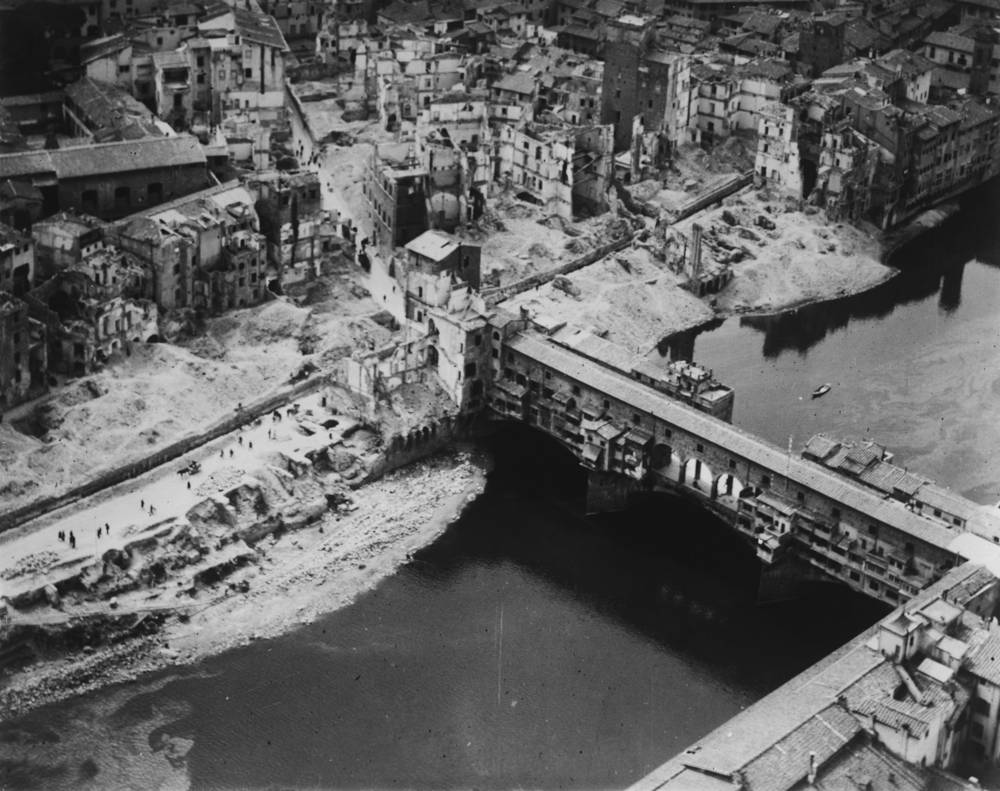
In August 1944, the Germans decided to blow up several of Florence's historic bridges across the Arno to slow the Allied advance. Despite protests from local authorities, Nazi troops destroyed the Ponte Vecchio, Ponte Santa Trinita, Ponte alle Grazie and the two Carraia bridges. Only the Ponte Vecchio, Florence's oldest bridge, was spared on the orders of a German officer.
The explosion of these emblematic bridges of the Florentine Renaissance deeply shocked the population and left an indelible mark on people's minds. The sound of the explosions echoed across the city, while a thick cloud of smoke enveloped the Arno. This destruction of Florence's historic heritage by German troops during their occupation illustrated their determination to defend their position against the advance of Allied forces in Italy.
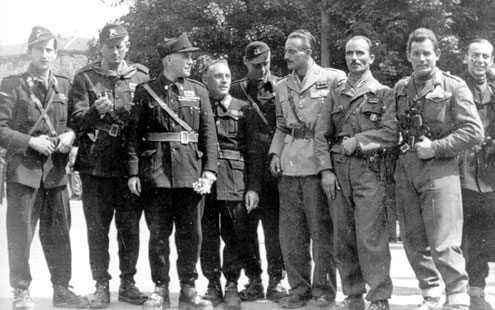
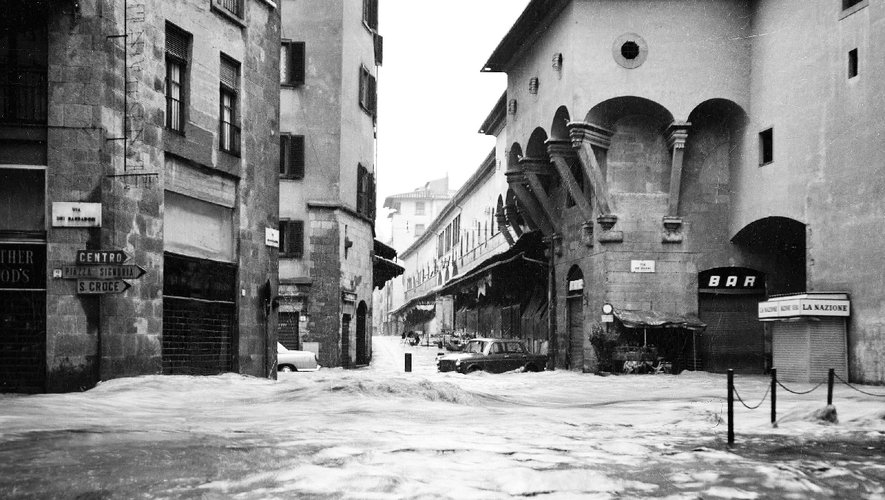
The terrible flooding of the Arno in November 1966 is considered the worst natural disaster to hit Florence since 1557. It left a lasting mark on the history of the city, cradle of the Italian Renaissance, and sparked a wave of international solidarity to save the damaged cultural treasures.
Florence, built on an Etruscan site, became the symbol of the Italian Renaissance, reaching extraordinary levels of economic and cultural development under the Medici in the 15th and 16th centuries. Its historic center covers 505 hectares and is bounded by the remains of the 14th-century city walls
UNESCO recognizes the outstanding universal value of Florence's historic center, which illustrates seven hundred years of exceptional artistic and cultural creativity. Its priceless museums, churches, buildings and works of art make it an outstanding urban and social achievement.
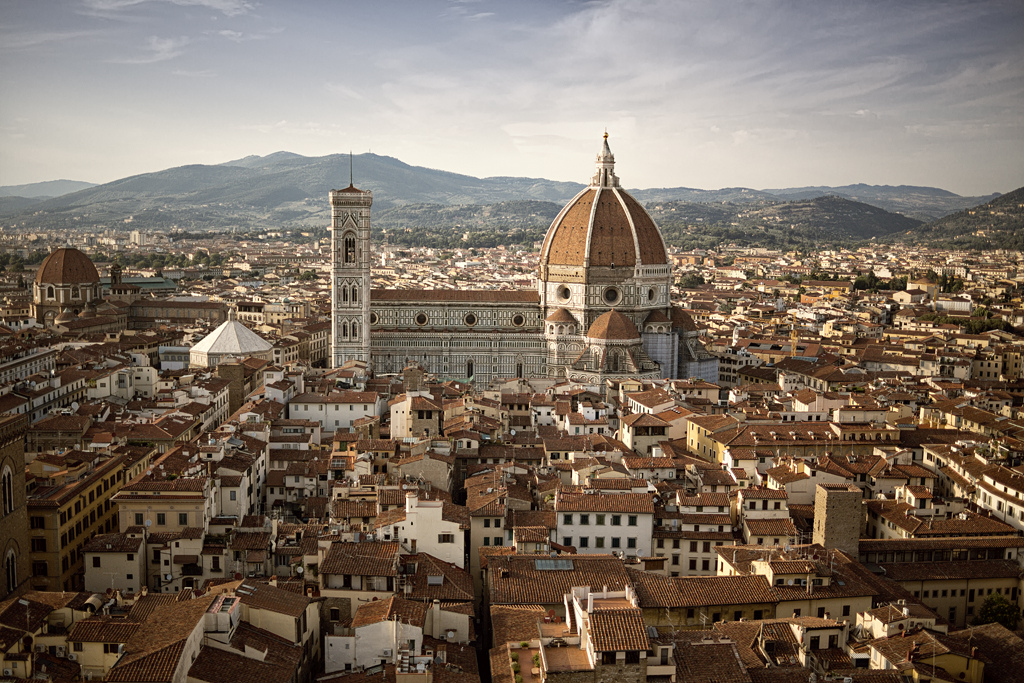
Florence had a major influence on the development of architecture and the fine arts, first in Italy and then in Europe. It was in this context that the concept of the Renaissance was born. This heritage gives Florence exceptional historical and aesthetic qualities.
In 1982, UNESCO recognized Florence's historic center as an absolute masterpiece, the fruit of continuous creation over more than six centuries, worthy of inclusion on the World Heritage List.
Florence, capital of the Tuscany region, is one of Italy's most important art cities and a world historical and artistic reference. With over 10 million tourists every year, it's a major tourist center thanks to its rich history, culture, art and Renaissance architecture.
Florence's historic center, listed as a UNESCO World Heritage Site in 1982, symbolizes the cradle of the Renaissance, which had a major influence on the development of architecture and the arts in Italy and later in Europe.
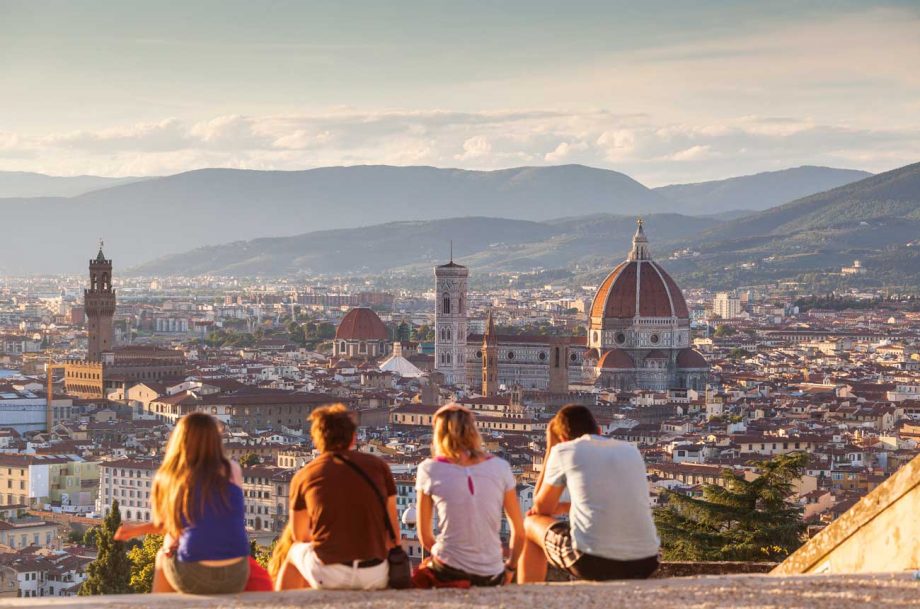
Florence was the cradle of the Renaissance thanks to patrons like the Medici. The city abounds with masterpieces by Michelangelo, Leonardo da Vinci, Botticelli, Raphael, Giotto, Donatello.
Its exceptional cultural and historical heritage makes it a major destination for art and culture lovers. Strolling through its narrow streets and iconic squares feels like an open-air museum.
Thus, thanks to its rich past, its Renaissance architecture and its countless artistic treasures, Florence attracts millions of visitors from all over the world every year, in search of beauty, history and culture.